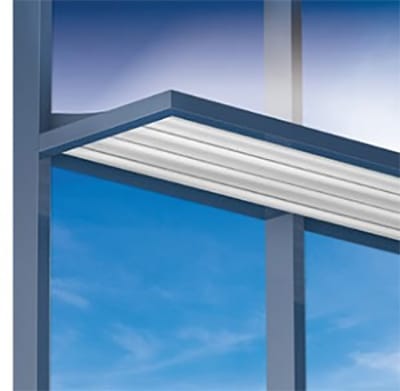
How Sunshades can Reduce HVAC Costs and Improve Building Aesthetics
Buildings with large glass curtain walls offer vibrant interiors full of natural light that can help boost occupant morale. So it’s no wonder the use of glass in building enclosures has grown significantly over the...
Read the Full Article